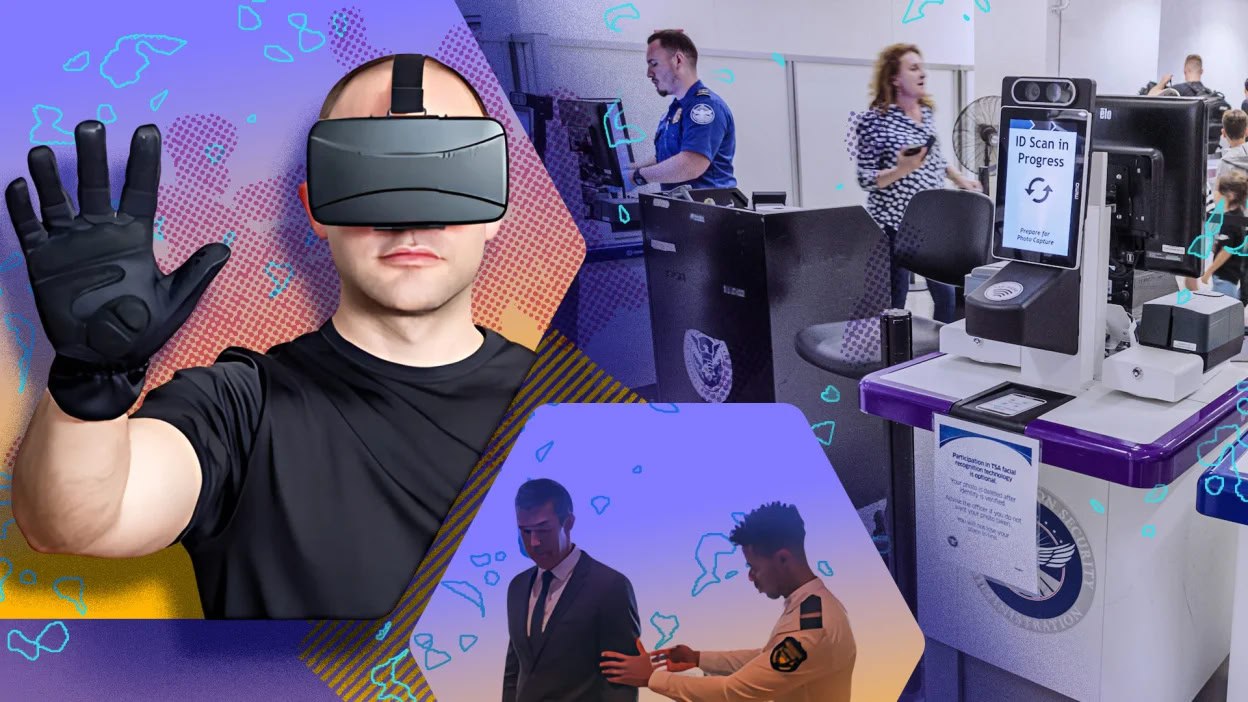The Transportation Security Administration (TSA) in the United States is developing a groundbreaking virtual reality (VR) technology to conduct passenger screenings without physical contact, leveraging a system known as Touchless ID.
 This innovative approach aims to enhance security procedures while addressing concerns about personal privacy and comfort during airport screenings.
This innovative approach aims to enhance security procedures while addressing concerns about personal privacy and comfort during airport screenings.
The project integrates VR headsets equipped with advanced haptic gloves, enabling TSA agents to "feel" the contours of passengers' bodies without direct physical interaction.
The technology employs a combination of millimeter-wave scanning, high-resolution cameras, and tactile feedback devices to create a virtual representation of the passenger. This allows security personnel to perform thorough inspections remotely, ensuring both efficiency and accuracy.
A key advantage of the Touchless ID system is its potential to eliminate accusations of inappropriate conduct, such as claims of sexual harassment, which have occasionally arisen during traditional pat-downs.
By removing the need for physical contact, the technology prioritizes passenger comfort while maintaining stringent security standards.
 Also read:
Also read:
- YouTube Bloggers Ready to Feed AI Their Videos — For Free
- The Future of Digital Art: The $22,000 Canvas Revolution
- Xiaomi Unveils Smart Door Lock with Revolutionary Vein-Scanning Technology
In development since 2022, the project has already secured patents from the Department of Homeland Security, signaling strong governmental support for its advancement.
While still in the conceptual phase, the Touchless ID system represents a significant step toward modernizing airport security protocols, blending cutting-edge technology with heightened sensitivity to passenger rights.
As the TSA continues to refine this VR-based solution, it could set a new global standard for contactless security screenings, potentially transforming the travel experience in the United States and beyond.






